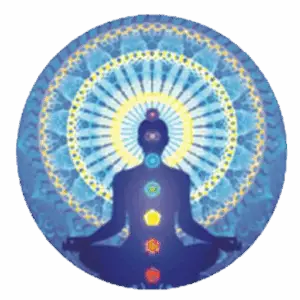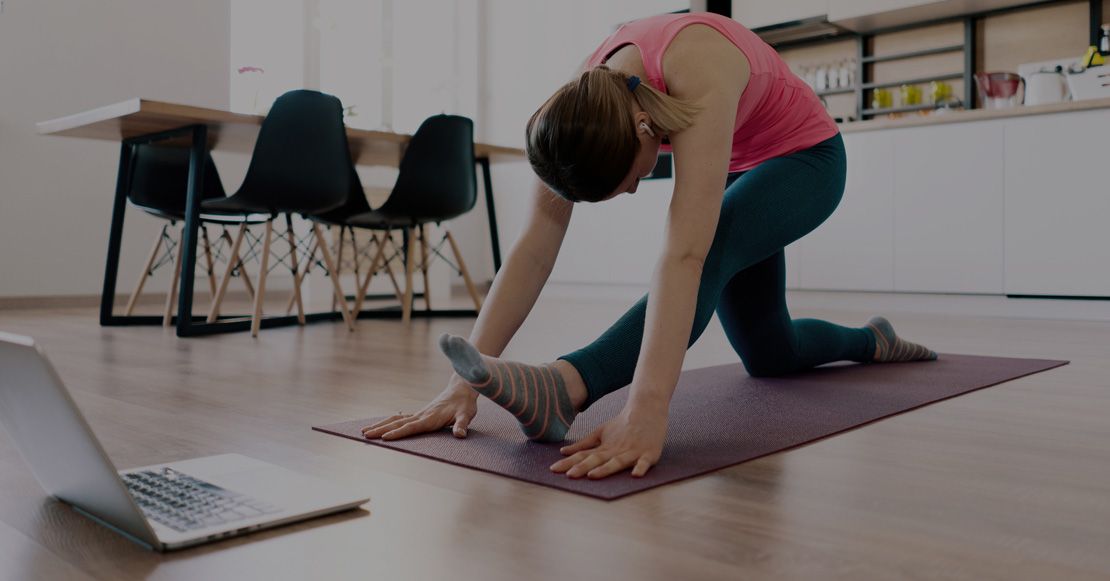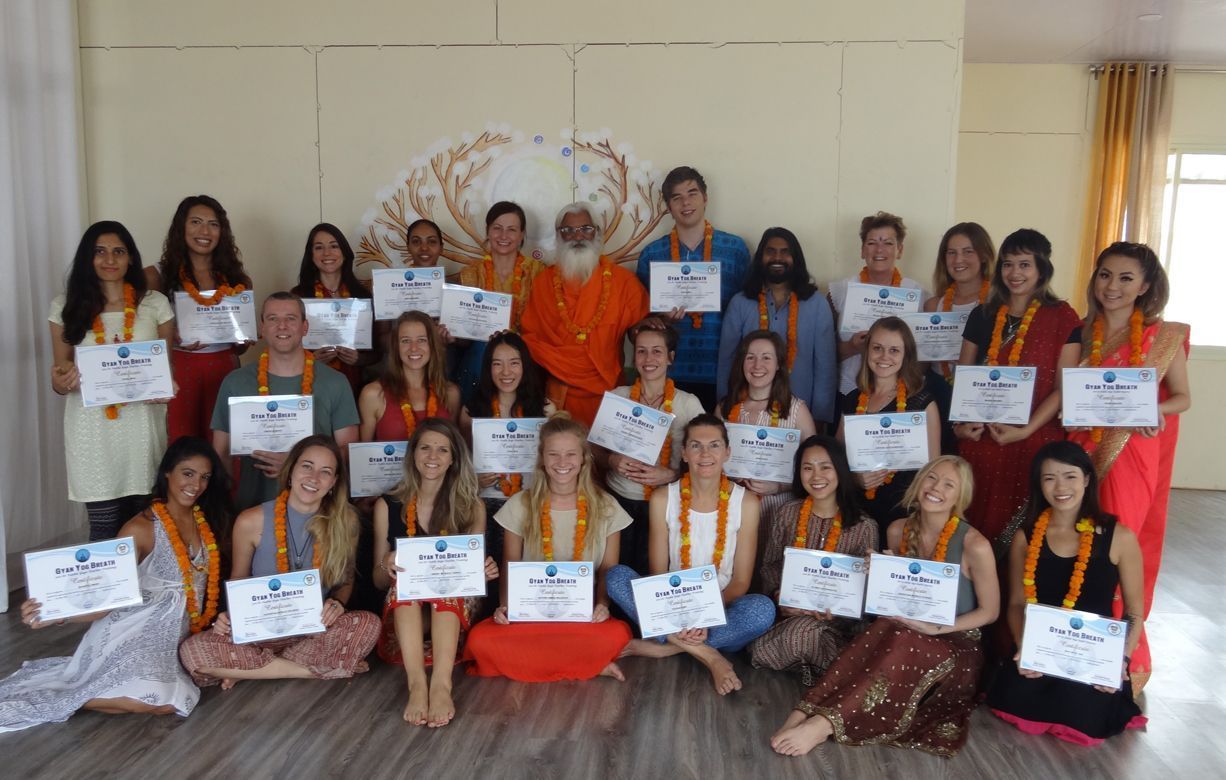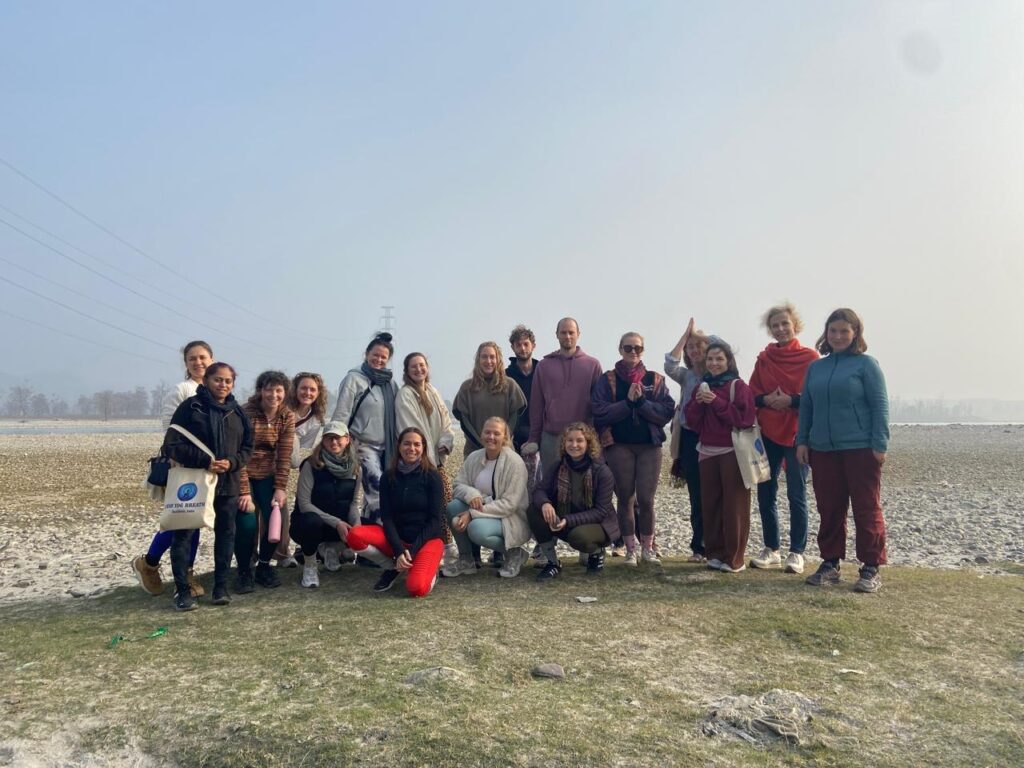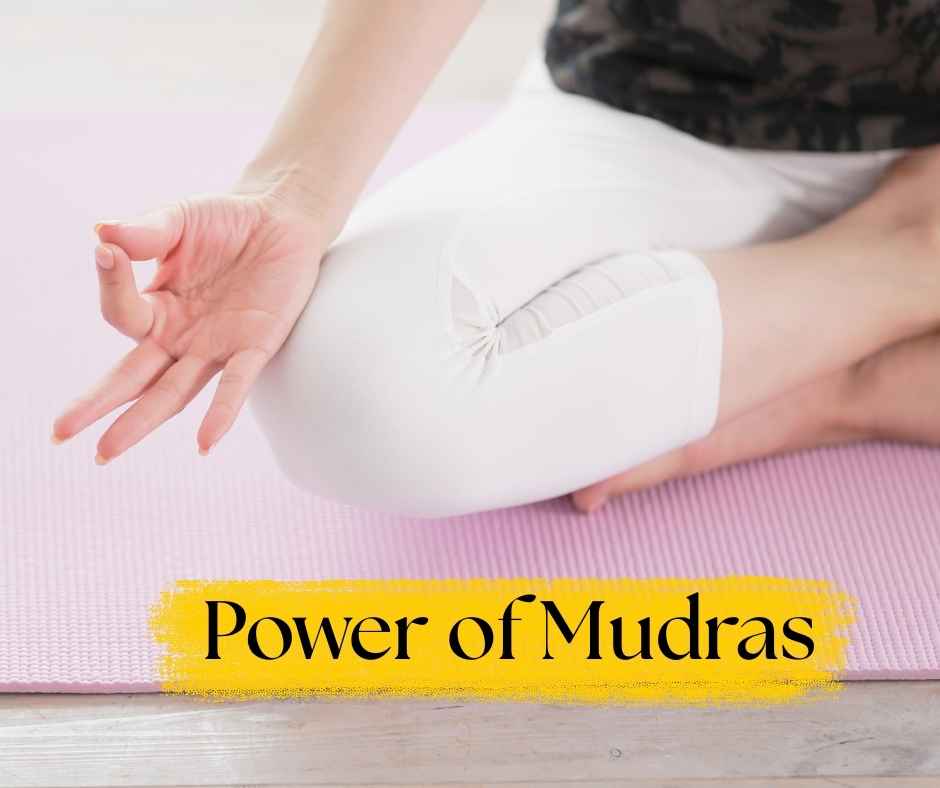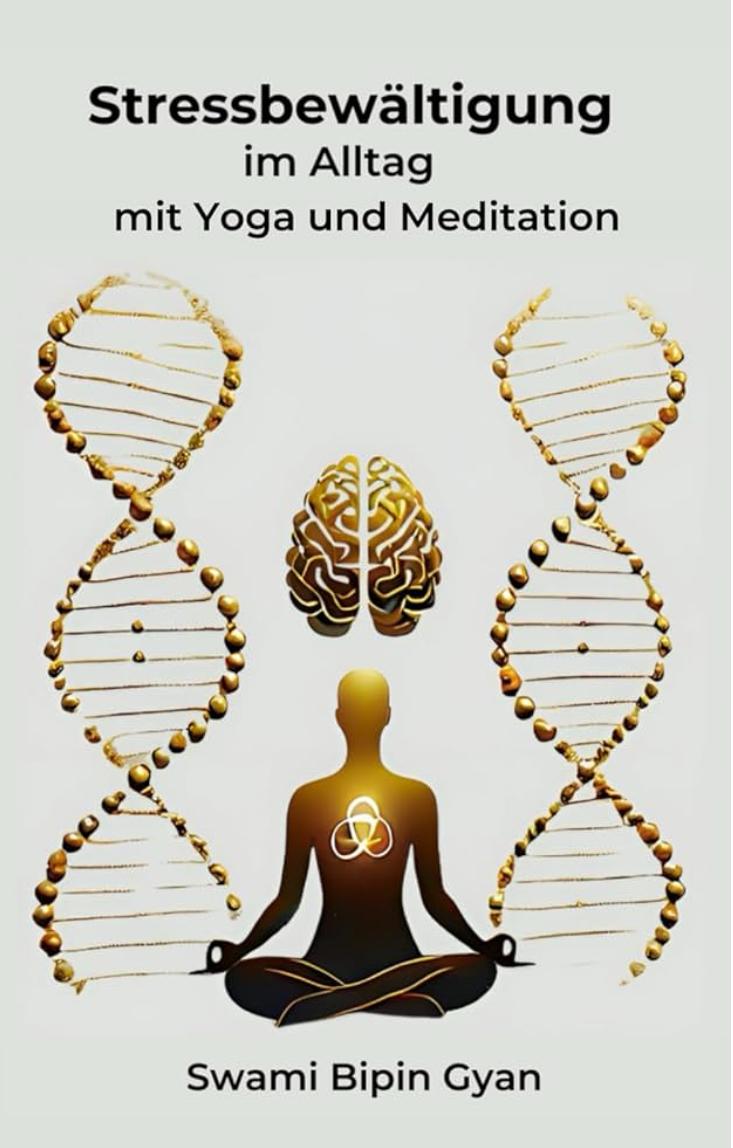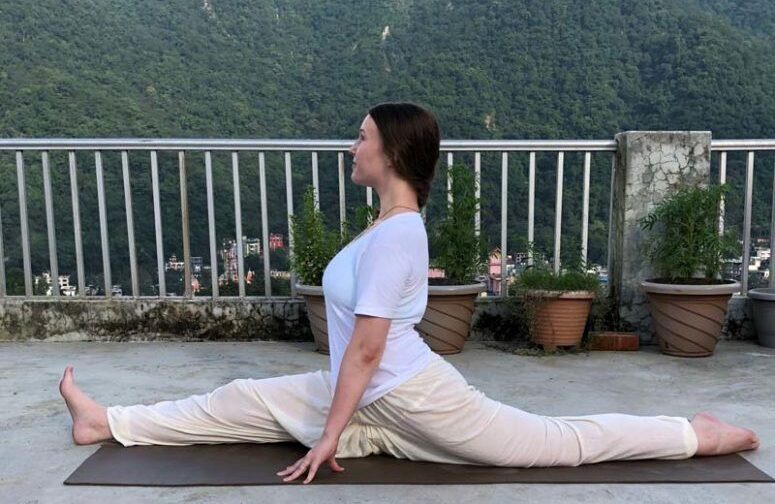
Blood-Pressure is a significant function of our bloodstream, regulated by the contractions of our heart-muscle. It is responsible for transporting essential nutrients, as well as oxygen to our muscles and organs through our blood (intensity depends on the actual physical effort). On the other hand, permanent pressure which can exceed a rate of 120/80 mmg/Hg could damage your
body. This is why permanent high blood pressure (med. hypertension) is a serious condition causing heart attacks, strokes, and certain kinds of heart diseases. Since affected people won’t recognize any short term-symptoms while suffering from hypertension it is referred to be a “silent killer”, leading to most illness-caused-deaths in the western world. Therefore it is of highest importance to safe blood-vessels from longtime strain in order to prevent your body from any lethal consequences.
A healthy lifestyle including regular exercise, a balanced diet, reduced salt intake, and the avoidance of any drugs (such as alcohol and nicotine etc.) is key for preventing yourself from causing or increasing high blood pressure. Apart from taking any daily-based medication (in order to get hypertension under temporarily control), Yoga is one of the most powerful methods to get your mind and body in a healthy condition whilst creating harmony of your physical, energetic, mental and emotional condition.
By practicing Yoga you will be not only taking care of your body, but rather giving yourself the opportunity to discover your true self by receiving back your natural strength, resulting in full harmony of your body functions. As far as Yoga is concerned, you ought to know which practices are best for lowering hypertension and why they will have a positive impact on your health:
Meditation
Meditation is known as being one of the best stress-relieving practices. It is crucial to relieve stress hormones such as cortisol by exercising certain styles of meditation in a regular way. Hence your stress levels fall significantly, and all the systems within the body begin to normalize. The result will be showing up in a significant reduction of high blood pressure. Different styles of meditation should be taken in consideration, whereby Transcendental Meditation seems to be one of the most effective. This technique takes attention beyond normal thinking by using a repetitive mantra, which is given by a meditation-teacher of the Maharishi Vedic Education Foundation.
Another very effective and basic method would be an everyday, but simple mindful meditation (named dhyanam or dhyana). In dhyana, all the senses are quiet and the mind alone is active. You will be focusing on yourself and your surroundings, while maintaining your eyes closed. It is vital to try to stay unattached of any arising thought which will be coming up to your mind. After several times of practicing, you should already feel and get meditative state of mind induces benefits for reducing blood pressure.
Sheetali Pranayam
The word “sheetali” means cold or smoothing and is part of the Hatha Yoga practises. The main purpose of this breathing-technique is to cool down the body which results in having positive effects on the nervous system and endocrine glands. Simply sit in any comfortable meditative posture, bring your tongue all the way out and fold both sides of the tongue, like a tube or straw. Inhale through your mouth,
exhale through both nostrils and repeat for about 8-10 Min. Due to its cooling effects, this technique is recommended in summer or
daytime.
If you having problems with folding your tongue, Sheetkari Pranayam represents a effective alternative. In this technique you simply inhale through your open mouth by exposing your teeth, then exhale through both nostrils by closing your mouth. The
effects will be best if breaths are repeated for about 5-8 minutes. The combination of synchronizing body-movements in addition of conscious breathing is called Asana. Asanas need to be practiced in a regular manner. Try avoid getting in a rush or
exaggerating yourself
These asanas are especially helpful in reducing hypertension:
- Shavasana (corpse pose): In this pose you simply have to lie down on your back, put your arms about 15cm away from your body, hand palms facing upwards towards the sky/ceiling. Your head should be in one line with the back, and do not use a cushion. Try to shift your awareness towards your whole body and its functions – let your breath cycle in a natural way and relax for 5-20 min. By practicing this asana you will increase your subconscious awareness for your whole circulatory-system.
- Ardha Matsyendrasana (half spinal twist): Start this asana by sitting on your mat with both legs stretched out in front of your body. Flex your toes and slowly bend your right knee touching your chest. Now place your right foot down on the outside of your left knee flat on the floor – toes facing to the front. Next bend your left knee and bring your heel next to the right buttock. Slightly twist your spine to the right while passing the left arm between the space of your chest and your right knee. Grab the left foot. Rest your right arm next to your back. Now try to straighten your spine as much as possible, putting your drishti over your right shoulder.
Exhale while twisting your trunk, inhale when coming back to your front – repeat the whole sequence to the other side. This asana is a superb way to regulate the secretions of the adrenal gland whilst activating and cleansing the kidneys, pancreas and liver. Moreover it will balance both sides of the body, creating harmony and relaxation. All of that will have a positive impact on your blood pressure. - Paschimottanasana (Forward Bend Pose): Sit with both legs straight in front of your body and place your hands on your knees. Try to relax your whole body and slowly start bending your torso to the front – be aware of executing this movement from your hips and not by curving your back. Try to grasp the big toes with your
fingers and thumbs. Slowly and carefully bend forward, do not strain – rather take attention to your breathing: slowly and deeply. This asana won’t only make your hamstrings and hip joints flexible, but it also massages the abdominal and pelvic region including the liver, pancreas, uro-genital system, kidneys and the adrenal gland. Your blood circulation throughout your whole body will be stimulated in a positive way.
To put it in a nutshell, Yoga is a unique and sustainable way of getting your mind-body in coherence. For this, illnesses like hypertension can be prevented or healed up. It will require time and patience from you to stick to your daily yoga routine which is decisive to get any benefits out of your practice. Yoga should not be only a sideline activity, but rather it must be defined as a holistic principal of harmony and unification. Practiced in daily life. In this respect, yoga is far from just being a physical exercise – it should become your living-knowledge through practice and experience.
If you are looking to expand your understanding about yoga and learn all about asana, pranayama and meditation, I recommend to take part at the 200 Hour Yoga Teacher Training in India!
Why? Such an educational intensive program in yoga can open various doors for you to a healthier, happier and more balanced life. Health is truly wealth, yet most people ignore this fact and focus on materialistic things only.
Following the path of yoga and incorporating a regular practice into your life ensure that you keep you blood pressure at optimum value. Of course, diet plays an important role, too! So during a Yoga Teacher Training you get to dive into all elements of yoga including Ayurveda, nutrition, meditation, pranayama, philosophy and emotional blockage release.
